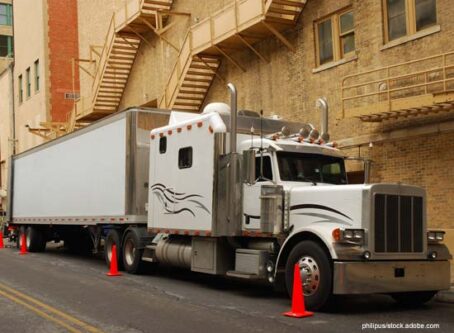OOIDA petitions DOT to repeal or amend medical conflict provision
The Owner-Operator Independent Drivers Association petitioned the U.S. Department of Transportation on Tuesday, Aug. 6, to initiate a rulemaking to repeal or amend FMCSA’s Resolution of Medical Conflict provision.
The regulation is designed to provide a truck driver the opportunity to challenge the conclusions of a certified medical examiner. Often, motor carriers require truckers to use a specific certified medical examiner. In theory, the provision should allow a truck driver to dispute the conclusions of that medical examiner and receive a second opinion from their own certified medical examiner.
However, OOIDA said the provision “effectively renders the underlying regulation useless” because it deters drivers from seeking a second opinion.
“When the Director of the Office of Carrier, Driver and Vehicle Safety Standards receives an application for determination of a driver’s medical qualifications, a driver is automatically disqualified until deemed otherwise,” OOIDA wrote in a letter signed by President and CEO Todd Spencer. “As a result, most drivers avoid this process, because it can take months or years to issue a decision.”
OOIDA suggests that the Department of Transportation either repeal the regulation entirely or amend the regulation to “where the driver shall be deemed ‘qualified’” until a determination is made.
“The existing regulation is well-meaning, yet unusable,” OOIDA wrote. “We suspect very few applications are ever submitted because in doing so a driver is effectively disqualifying themselves from operating a commercial motor vehicle.”
In addition to the petition, OOIDA submitted formal comments on the issue to the FMCSA.
“OOIDA members have encountered a great deal of problems regarding this provision,” the Association wrote. “These situations typically involve a certified medical examiner who is requiring expensive testing while basing their justification upon a cursory ‘examination,’ which may include no further evidence than the visual observation that the driver has a ‘large neck.’”









